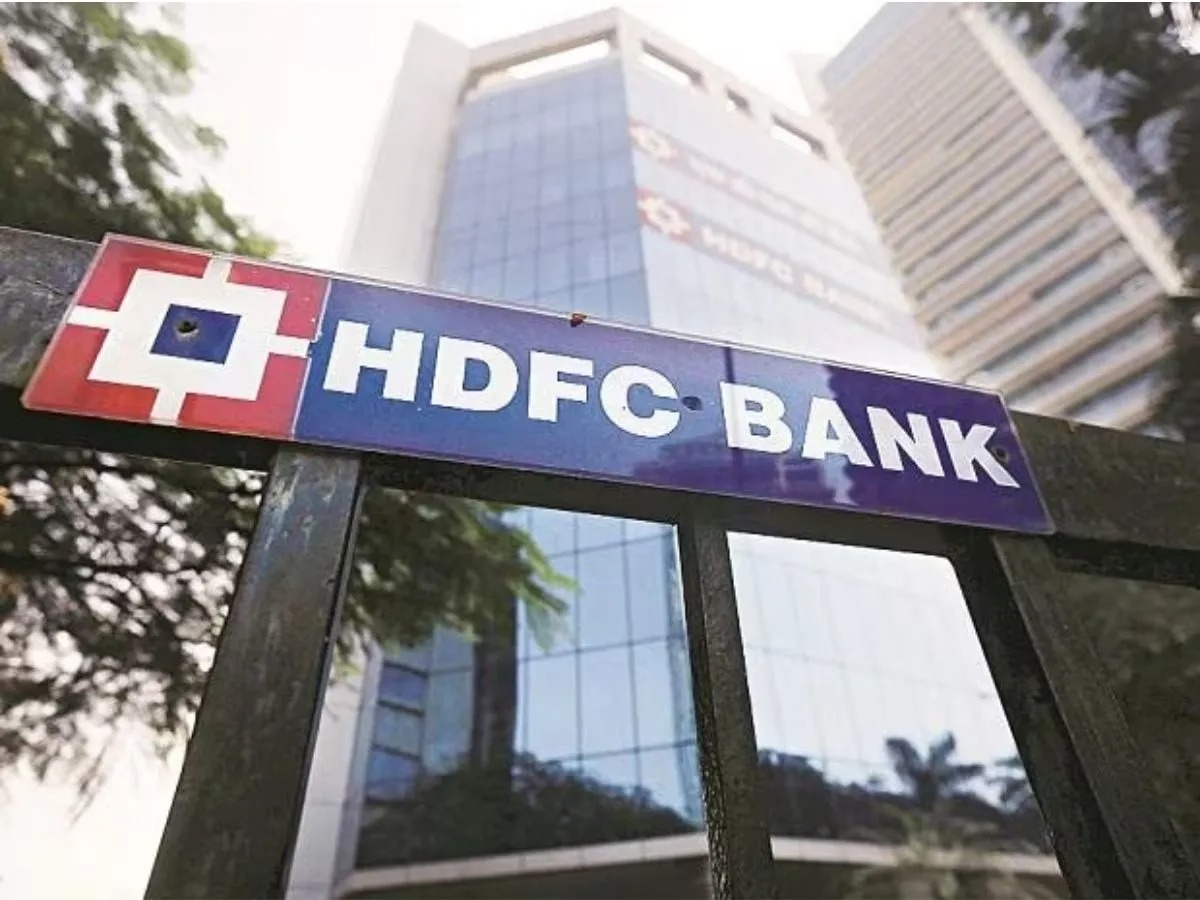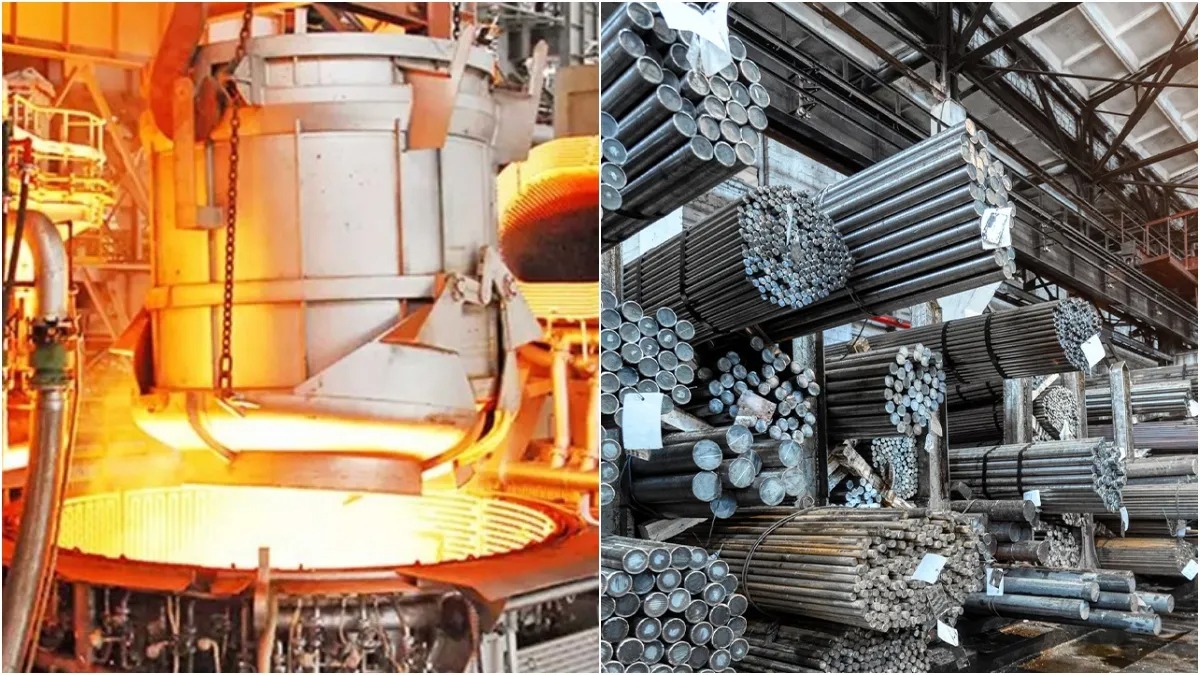
HDFC Bank's stock fell by about 2% on Monday. But that's not all. The bank's loan-to-deposit (LDR) ratio also saw a decline. For the first time after the merger, LDR fell below 100%. In the December quarter, it fell to 99.2%, while it was 100.8% in September. It is worth noting that in the same quarter last year, it was 111.53%.
Why this decline?
There are two major reasons for the decline. First, loan growth has slowed down. Second, the bank has securitized a large amount of loans. Meaning, the bank has sold its loans to other institutions.
Now let's move towards the stock market. HDFC Bank's stock has fallen by about 4.6% in the last two days. On Monday, it fell below the 100-day moving average (DMA). This has happened for the second time since May 2024. This happened in early October as well, but the stock bounced back and jumped 16.5% and reached ₹ 1,880 in December 2024. But now the stock is slipping again.
What does the chart say?
Current Price: ₹1,712
Support Levels: ₹1,633 and ₹1,607
Resistance Levels: ₹1,721, ₹1,727, ₹1,733
The stock is currently below the 100-day DMA ₹ 1,727 and the lower level of the Bollinger Band at ₹ 1,721. Unless it moves above ₹ 1,721-₹ 1,727, there is a risk of decline. On the weekly chart, the stock is below the 20-week moving average (₹ 1,733). This level can now prove to be a big challenge for the stock.
What could happen next?
If the stock breaks the support of ₹ 1,633, it can slip to ₹ 1,607 and ₹ 1,518. The special thing is that since Covid-19, this stock has recovered in every major crisis by coming to the 50-month moving average (₹ 1,518). Currently the stock is under pressure. If it stays above ₹ 1,721-₹ 1,727, it can improve. But if the support of ₹ 1,633 breaks, then further decline can be seen.

 Share
Share






